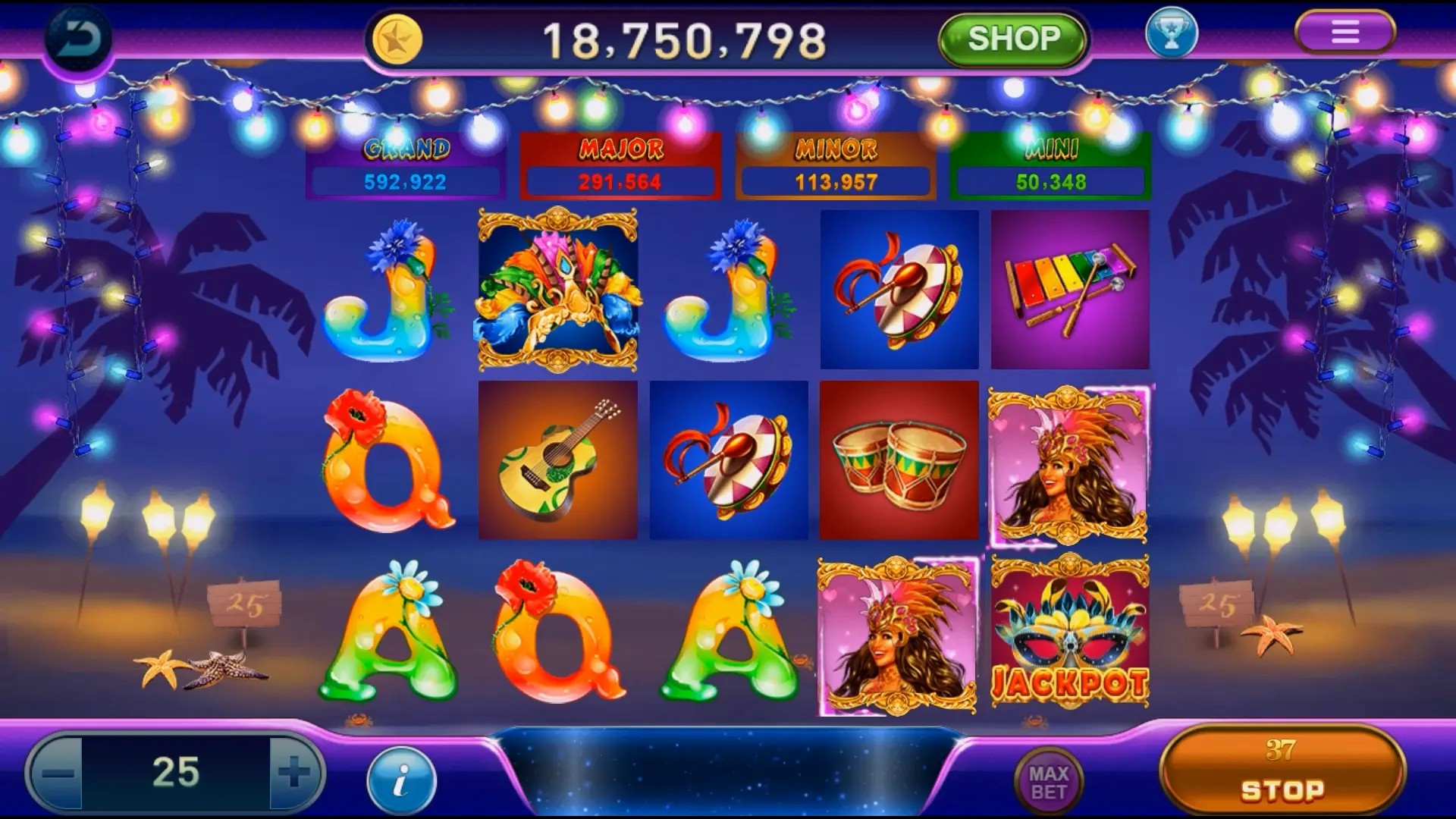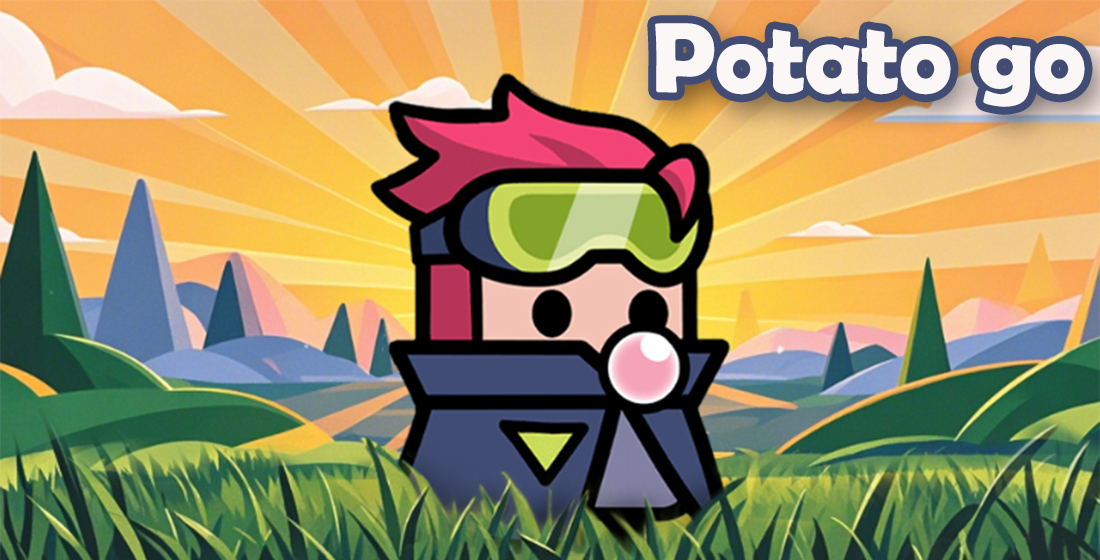Unlock Engagement With Creativity: A New Era for HTML5 Gaming Starts Now
Welcome to the future of online games. No more waiting for hefty downloads or worrying about compatibility—creative HTML5 games are here and changing how users interact in 2024. They combine stunning visuals, interactive mechanics, and brain-stimulating designs that pull players into immersive stories and addictive loops, all while running directly in a browser. For creators? It’s your time to make noise!
Today's audiences aren’t looking for another time-killer game. What people crave (especially in vibrant, digitally-savvy hubs like Singapore) is experience-driven entertainment. The key? **Creativity**.
What Makes a Game "Creative" in Today's Market?
| Creative Aspect | What That Means for Gamers | How This Benefits Creators |
| Unique Visuals + Sound | Eyes stay locked in, emotions get pulled | Makes you stand out from clones |
| Innovative Game Mechanics | Surprize-factor builds loyalty | You become something worth remembering |
| Mental Stimulati on / Learning | Kee ps players hooked with discovery | Add ed value builds word of mouth |
| Purely Interactive Story-Telling | Mind becomes invested early | Retention jumps dramatically |
The new era pushes boundaries without breaking budgets—and the data supports it. Over two-third of indie titles on game pass platforms this year incorporate some form of innovative interactivity beyond classic gameplay loops. Players respond not with casual clicks... but hours deeply immersed inside creative worlds made from code.
- Think beyond simple puzzle mechanics
- Story arcs matter again
- User behavior shows strong interest in RPG hybrids
Why Play-and-Learn Experiences Outperform Traditional Entertainment in Engagement
Players today demand dual-layer experiences—they don't want one-trick games where they either learn or relax. Smart designers weave subtle education throughout story-rich environments that reward thinking AND interaction. Some top-rated web-browser games released in recent months even use light coding challenges disguised behind magical forest quests!
Giving brains *things to play with*, combined with beautiful artwork makes your title sticky—even when it teaches grammar principles or basic logic. And here’s the hidden truth—gamers never notice it's happening, so you win twice. Engagement sticks... learning happens as an unintentional side bonus.
Taking Story-Centric HTML5 to the Next Level
If your project leans into narrative structures already proven by the rise of popular best-in-class mobile storytelling apps from Asia-Pacific devs, you’re heading somewhere powerful.
This isn't limited to AAA titles on xbox's gampass roster. Even small indie dev houses experimenting inside niche HTML5 engines prove there's appetite for branching story paths where player choices impact future missions.
The biggest leap ahead lies in hybrid genres blending RPG elements and point-n-click exploration mechanics—surprisingly, many hit HTML titles since mid-2023 borrowed heavily from early **2011-style rpg games**, adding modernized interfaces, live multiplayer support layers over nostalgic core design patterns, and cross-play progressions.
Best Story Games Right Now for Game Pass & Browser Dev Lovers
- *ChronoVerse Adventures*
- Solara Kingdom Rebirth
- TimeShift Legends Web
- Whispers at Moonlit Shore
- Eclipse Scrolls Interactive Edition
Note: Many devs now retool older story-game skeletons into reactive HTML experiences using frameworks optimized around fast loading speeds. While full ports of older RPG epics (from around 2009 – 2011 range especially!) aren’t practical due to outdated tech, borrowing core idea concepts can create huge engagement spikes for newer lightweight versions hosted in browsers today.
Why Every Indie Should Care About 2011-era Story RPG Design Patterns
The late 'Golden Batch' period of RPG releases (think back early Steam age) taught us how important world-building details were even when budgets ran thin.
- No auto-battling systems existed yet! You built each move manually which created emotional stakes between user and character growth.
- Dungeons weren't just “go here-hit this guy-get loot." Each chamber connected thematically. Boss rooms contained secrets only revealed during second play-through
- Choice-driven outcomes weren’t optional add-ons but part of launch day package—some old-time devs called these morality tracks before Bioware made it popular via their ME Trilogy
- Villages and shops felt organic because local economies actually had rules governing supply-demand
Incorporate tiny slivers of that spirit into your creative HTML experiment, even in symbolic fashion (i.e., crafting a merchant personality instead of a mere list of wares)—and players return. Not just once.
"...When I saw an updated version of Lunar Silverstar in browser form last month—it wasn’t exact clone—but captured that heartspace of being emotionally led down unknown journeys."
Creative Gameplay ≠ Sacrifice Performance
- Jams packed with creativity load under 3MB? ✔️
- Broad device compatibilitry, works smoothly down to budget Samsung Android units ✔️
- Ridiculously high performance score across Chrome+Edge/Firefox browsers ✔️
The secret to lightning-fast performance lies mostly beneath surface level: smart asset compression techniques, intelligent code-splitting methods, clever caching fallback mechanisms… none of which players consciously observe—but absolutely affect first-load retention curves negatively if ignored!
Conclusion: Rise Fast By Telling Stories With Code + Art In Harmony
| Key Focus Area | Reward |
|---|---|
| Mixing story-driven arcs | Raise user replay rates up to 2x industry avg |
| Incorporate minor learning triggers (hidden) | Build loyal returning fanbases faster than expected |
| Add visual flair without bloated art | Stand-out in saturated marketplaces |



